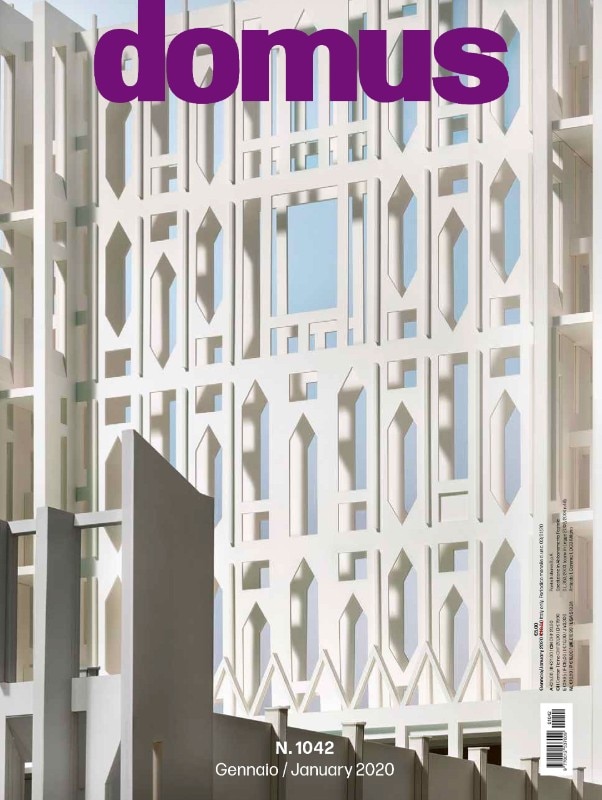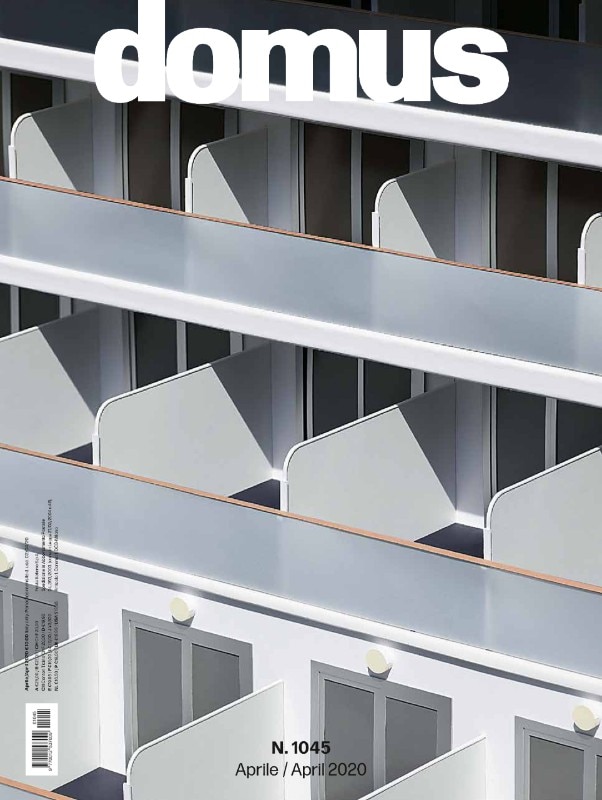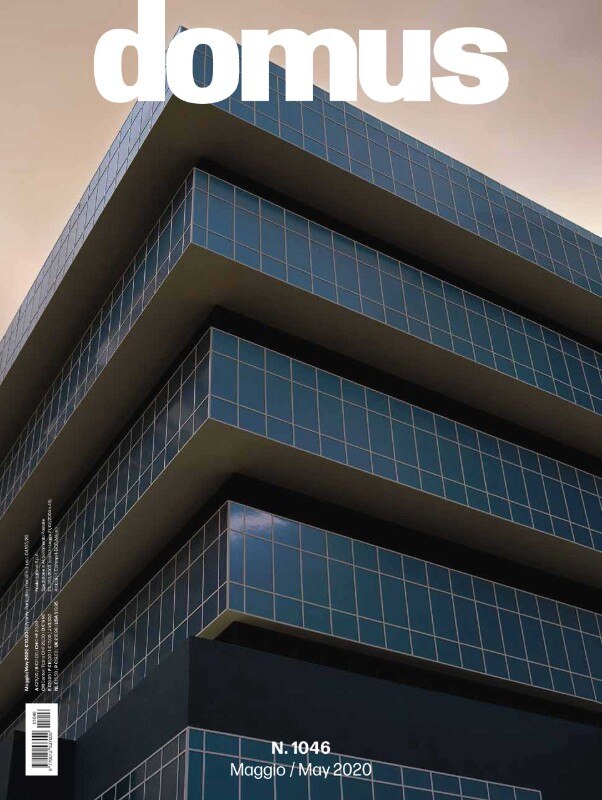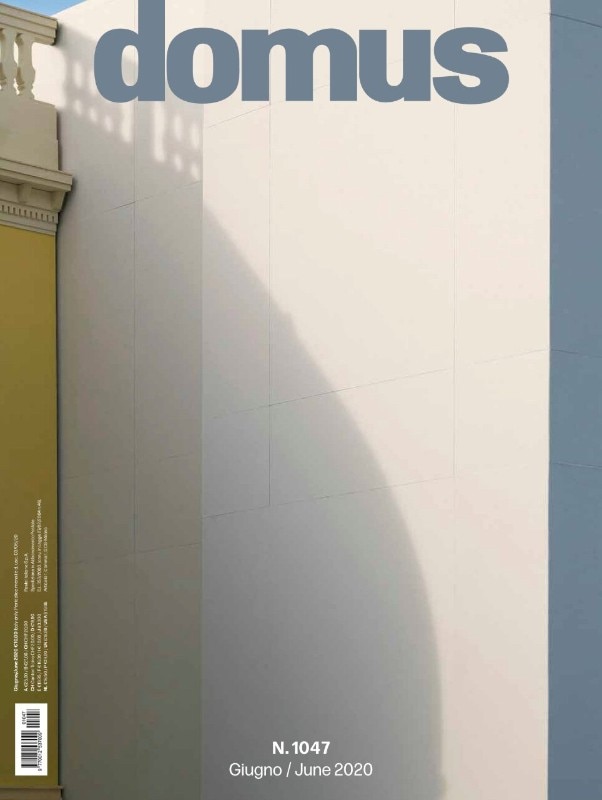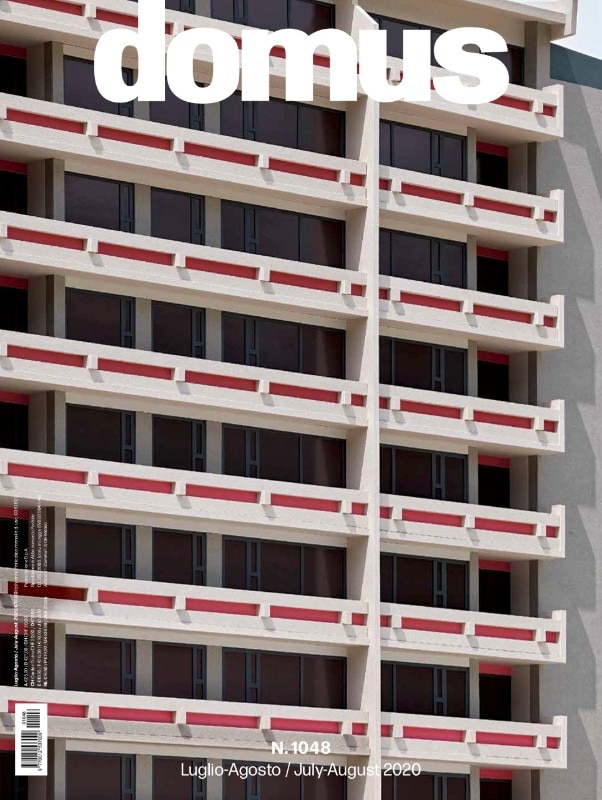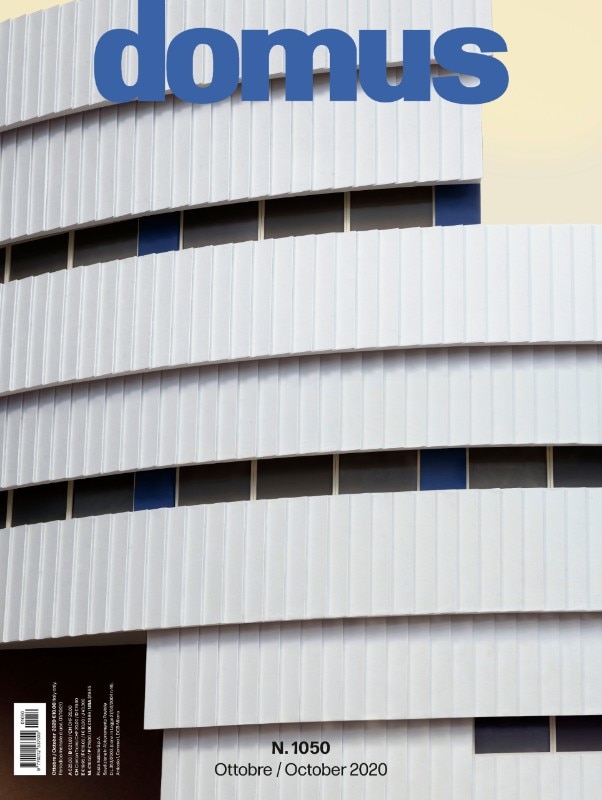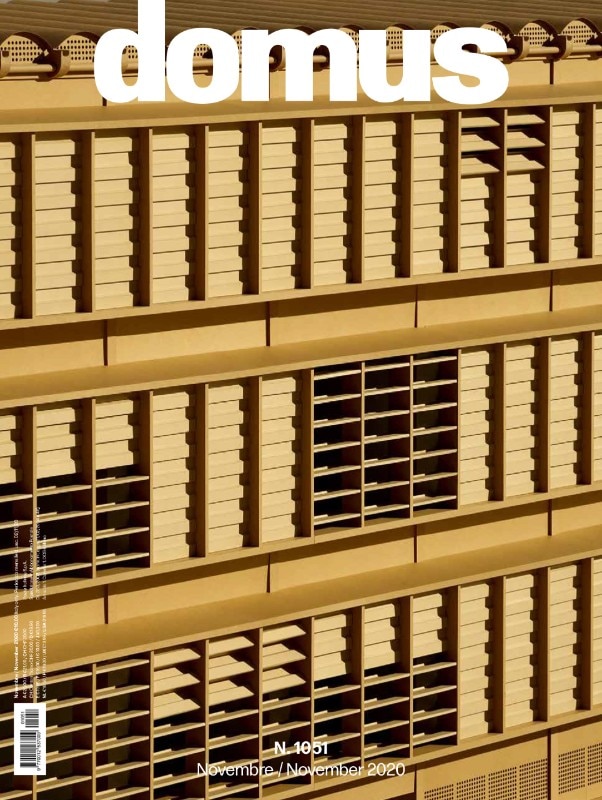David
Chipperfield
Guest Editor 2020
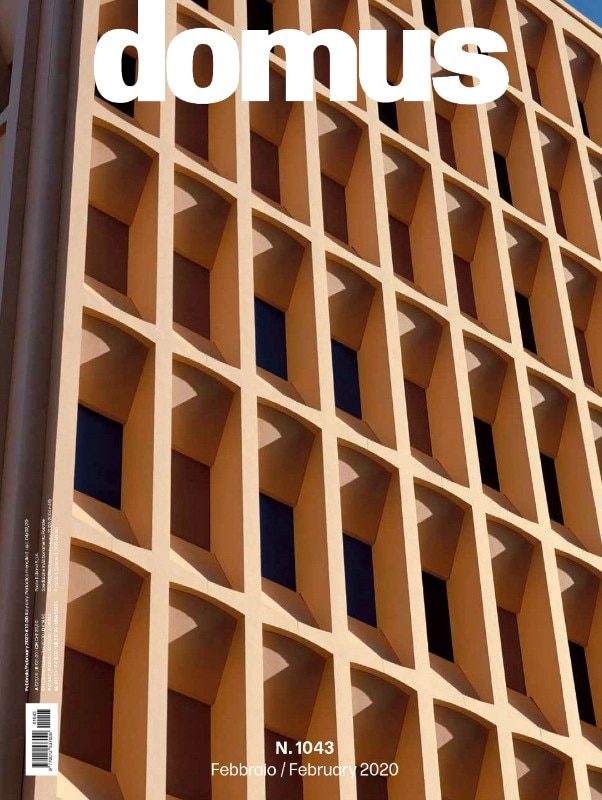
1043 - February 2020
Also known as the Psychology Tower at the University of California, Los Angeles, Shepard Ivory Franz Hall II opened in 1967. Franz Hall II is not primarily notable for its design (a square structural concrete grid), nor its scale (although when new it was the tallest building on campus) but because of its architect. Paul Revere Williams was the first black member of the American Institute of Architects, and later its first black fellow. He fought to transcend the prejudices of his predominantly white client base, and indeed was largely successful in doing so. He designed hundreds of buildings across Los Angeles, in a wide variety of styles, from sober middle-class homes to Beaux Arts mansions, from modernist civic structures – including parts of Los Angeles Airport – to Beverly Hills hotels. The most frequently told story about Williams is that he learnt to draw upside down to avoid making his clients feel uncomfortable by sitting next to them during design meetings. In fact, in his own telling of the story, Williams mastered the skill in order to deflect attention from his race and direct it instead towards his impressive technical facility. Thomas Demand was attracted to the rational, modular efficiency of Franz Hall II, which corresponds with his own technique of cutting repeating paper shapes for his models with a digital plotter. The thinness of his construction, too, here resonates with the identity of the building: a neutral facade that occludes not only the complexity of Williams’s biography but also the disfunction and pain that was addressed within. This is the first time Williams’s work has been featured on the cover of Domus.
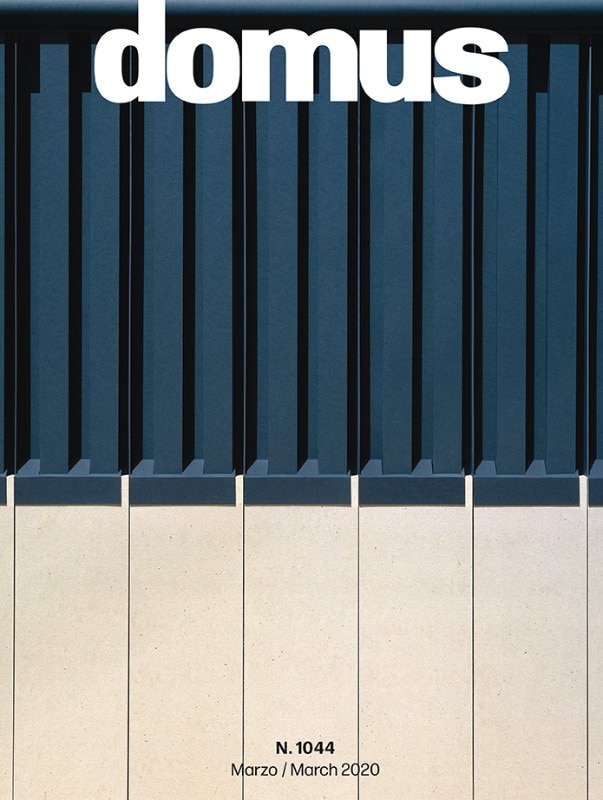
1044 - March 2020
In October 2017, on the Otay Mesa, a barren patch of land near San Diego, President Donald Trump unveiled eight prototype sections of free-standing wall. These were designed to be tested along the US-Mexican border, the fortification of which was a pillar of Trump’s election campaign. While a border wall is widely seen as an ineffective, symbolic solution to what conservatives consider to be the United States’ immigration problem, these prototypes represented Trump’s determination to follow through on the promises that got him elected. Built at a cost of 3.3 million dollars in federal funds, the competing prototypes [later dismantled, see photo], if commissioned, would constitute a monumental contract for the winning company. The prototype chosen for this issue’s cover by Thomas Demand was produced by Elta North America, a defence manufacturer based in Maryland and owned by Israel Aerospace Industries. The flow of capital and military resources between the US and Israel lends this prototype a further layer of symbolism – urging a loaded comparison with the defence of Israel’s borders against states which threaten its very existence. Trump – a real estate developer and a social climber – has built a fortune on the design and sale of aspirational structures. In October 2018, he described his intended wall as “artistically designed steel slats”; Demand observes that Elta’s design mirrors the Renaissance convention of the piano nobile sitting above the humbler ground floor. All the prototypes turned out to be far from impregnable, so, as with many of Demand’s subjects, these models were impossible fantasies.


